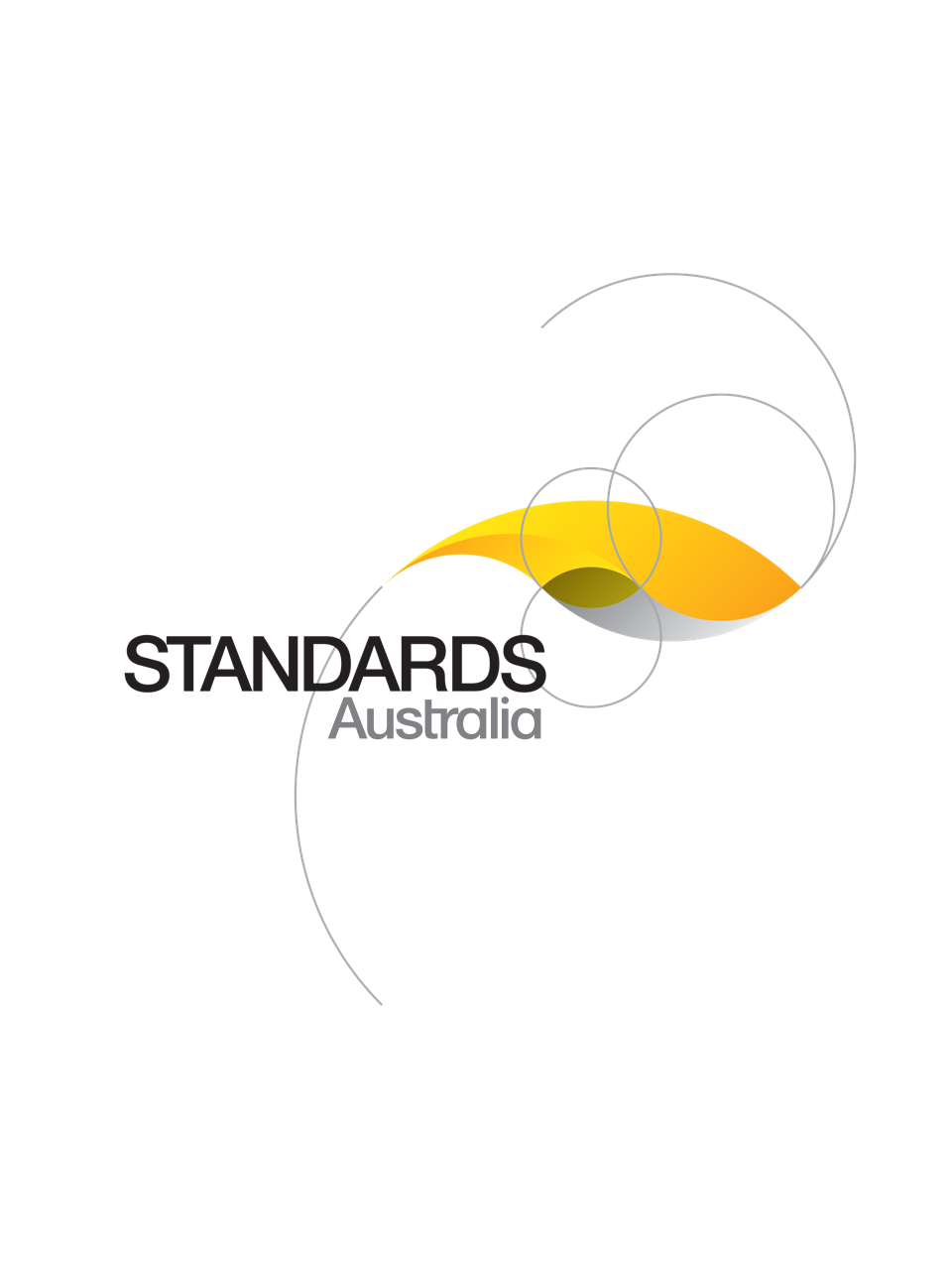Standard
Track updates
AS 15156.2:2022
[Current]AS 15156.2:2022 adopts and modifies ISO 15156 2:2020, which provides requirements and recommendations for the selection and qualification of carbon and low-alloy steels for service in equipment used in oil and natural gas production and natural gas treatment plants in H2S-containing environments whose failure can pose a risk to the health and safety of the public and personnel or to the environment.
Published: 13/05/2022
Pages: 49
Table of contents
Cited references
Content history
Table of contents
Header
About this publication
Preface
Foreword
Introduction
1 Scope
2 Normative references
3 Terms and definitions
4 Symbols and abbreviated terms
5 Purchasing information
5.1
5.2
5.3
5.4
5.5
6 Factors affecting the behaviour of carbon and low alloy steels in H2S-containing environments
7 Qualification and selection of carbon and low-alloy steels with resistance to SSC, SOHIC and SZC
7.1 Option 1 — Selection of SSC-resistant steels (and cast irons) using A.2
7.1.1 For pH2S < 0,3 kPa (0,05 psi)
7.1.2 For pH2S ≥ 0,3 kPa (0,05 psi)
7.2 Option 2 — Selection of steels for specific sour-service applications or for ranges of sour service
7.2.1 Sulfide stress cracking
7.2.1.1 General
7.2.1.2 SSC regions of environmental severity
7.2.1.3 Region 0 — For pH2S < 0,3 kPa (0,05 psi)
7.2.1.4 SSC regions 1, 2 and 3
7.2.2 SOHIC and SZC
7.3 Hardness requirements
7.3.1 General
7.3.2 Parent metals
7.3.3 Welds
7.3.3.1 General
7.3.3.2 Hardness testing methods for welding procedure qualification
7.3.3.3 Hardness surveys for welding procedure qualification
7.3.3.4 Hardness acceptance criteria for welds
7.4 Other fabrication methods
8 Evaluation of carbon and low alloy steels for their resistance to HIC/SWC
9 Marking, labelling, and documentation
Annex A
A.1 General
A.2 SSC-resistant carbon and low-alloy steels and the use of cast irons
A.2.1 General requirements for carbon and low alloy steels
A.2.1.1 General
A.2.1.2 Parent metal composition, heat treatment and hardness
A.2.1.3 Carbon steels acceptable with revised or additional restrictions
A.2.1.4 Welding
A.2.1.5 Surface treatments, overlays, plating, coatings, linings, etc.
A.2.1.6 Cold deformation and thermal stress relief
A.2.1.7 Threading
A.2.1.8 Cold deformation of surfaces
A.2.1.9 Identification stamping
A.2.2 Application to product forms
A.2.2.1 General
A.2.2.2 Pipe, plate, and fittings
A.2.2.3 Downhole casing, tubing, and tubular components
A.2.2.3.1
A.2.2.3.2
A.2.2.3.3
A.2.2.3.4
A.2.2.4 Bolting and fasteners
A.2.3 Application to equipment
A.2.3.1 General
A.2.3.2 Drilling blowout preventers
A.2.3.2.1 Shear blades
A.2.3.2.2 Rams
A.2.3.2.3 Drilling, well construction and well-servicing equipment exposed only to drilling fluids of controlled composition
A.2.3.3 Compressors and pumps
A.2.3.3.1 Compressor impellers
A.2.3.3.2 Special provisions for compressors and pumps
A.2.4 Requirements for the use of cast irons
A.2.4.1 General
A.2.4.2 Packers and subsurface equipment
A.2.4.3 Compressors and pumps
A.3 SSC-resistant steels for use throughout SSC region 2
A.3.1 General
A.3.2 Downhole casing, tubing, and tubular components
A.3.3 Pipeline steels
A.4 SSC-resistant steels for use throughout SSC region 1
A.4.1 General
A.4.2 Downhole casing, tubing, and tubular components
A.4.3 Pipeline steels
Annex B
B.1 Requirements
B.2 Uses of laboratory qualifications
B.2.1 General
B.2.2 Qualification of manufactured products
B.2.3 Qualification of a manufacturing source and route
B.2.4 Use of laboratory testing as a basis for proposing additions and changes to Annex A
B.3 Test procedures to evaluate the resistance of carbon and low-alloy steels to SSC
B.4 Test procedures to evaluate the resistance of carbon and low-alloy steels to SOHIC and SZC
B.4.1 General
B.4.2 Small-scale tests
B.4.2.1 Specimen selection
B.4.2.2 Evaluation and acceptance criteria for UT test specimens
B.4.2.3 Evaluation and acceptance criteria for FPB test specimens
B.4.3 Full pipe ring tests
B.5 Test procedures and acceptance criteria to evaluate the resistance of carbon and low-alloy steels to HIC/SWC
Annex C
C.1 Calculation of partial pressure of H2S for systems with a gas phase
C.1.1 General
C.1.2 Gas phase considerations, H2S partial pressure and fugacity
C.1.3 Aqueous phase considerations, H2S concentration and chemical activity
C.2 Calculations of effective H2S partial pressure for gas-free liquid systems
C.2.1 General
C.2.2 Considerations for high pressure gas-free oil wells, H2S activity
Annex D
Annex E
Bibliography
Appendix ZZ
ZZ.1 Scope
ZZ.2 Modifications
Cited references in this standard
NACE TM0316
Four-point bend testing of materials for oil and gas applications
NACE TM0284
Evaluation of pipeline and pressure vessel steels for resistance to hydrogen-induced cracking
NACE TM0177
Laboratory testing of metals for resistance to sulfide stress cracking and stress corrosion cracking in H2S environments
SAE AMS-2430
Shot Peening
[Current]
Petroleum and natural gas industries - Materials for use in H2S-containing environments in oil and gas production - Part 1: General principles for selection of cracking-resistant materials
